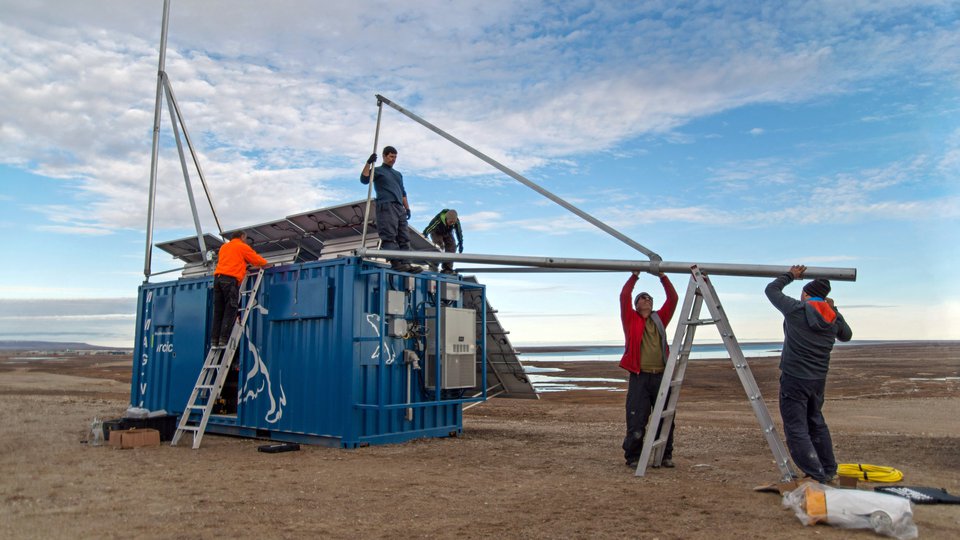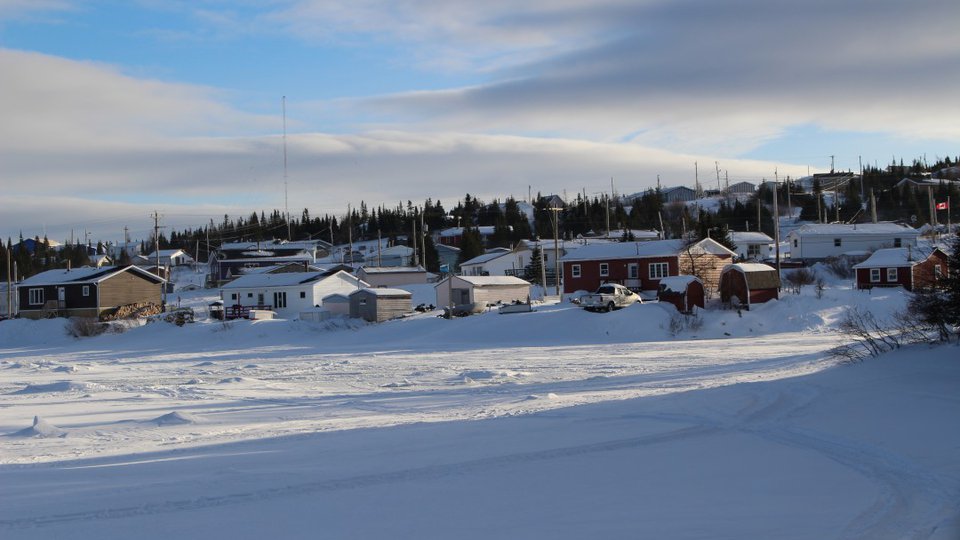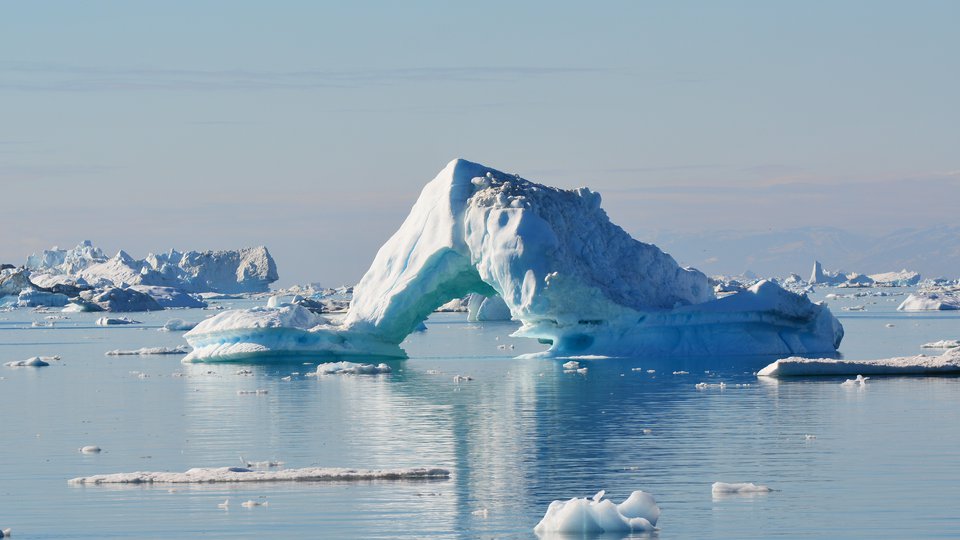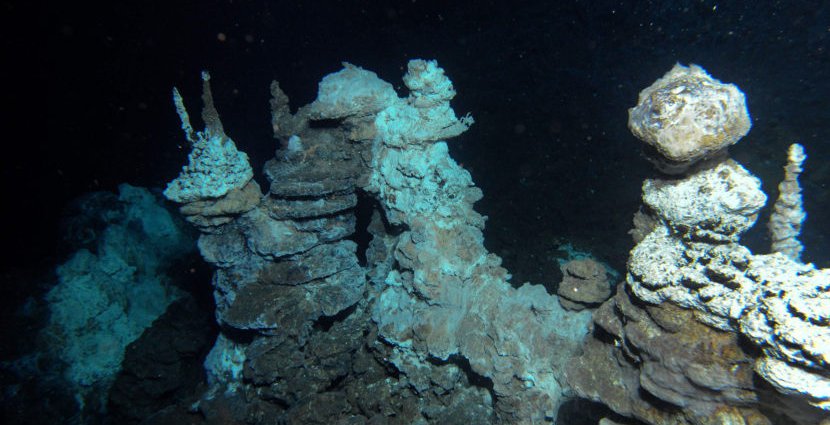
he complexity of living things can be baffling. Take one of your own cells, for instance. If you could zoom in and look at it in detail, you’d be amazed by all of the machines toiling away inside. There is a head office called the nucleus, which contains your DNA, an intricate network of posts and beams called the cytoskeleton, which maintain the cell’s shape, a high-powered generator called the mitochondrion, and many other cellular gears and cogs. Although hidden from view, these tiny machineries provide the infrastructure needed to generate complicated organisms, from brewing yeast to beetles to polar bears.
Scientists have long wondered about the origin of complex life. They know that it arose from simpler life forms, akin to present-day bacteria. Bacterial cells are much more rudimentary than those of humans, hippos, or tulips, for example. Indeed, the millions of bacteria that cover your skin and line your gut don’t have a nucleus, cytoskeleton or mitochondrion. Scientists haven’t been able to clearly explain how a simple bacterial cell evolved into a complex one. How does something like the E. coli in your colon make the evolutionary leap to the cellular equivalent of a Rolex watch?
There are different theories and hypothetical steps for how this leap occurred, but because the events that gave rise to complex cells happened almost two billion years ago, these theories are hard to test. Scientists have been searching for an organism with an intermediate level of complexity, something in-between a typical bacterium and a human cell, in hopes of gaining insights into the early stages of complexity. For decades, the search has been in vain. But an expedition into the Arctic ocean uncovered the missing link that researchers have been trying so desperately to find.
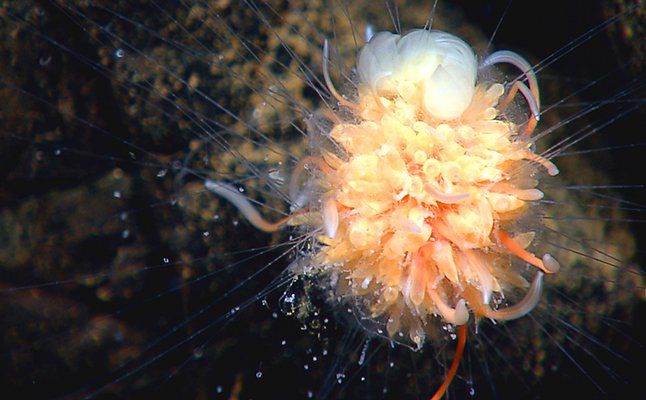
This creature is referred to as “dandelion”. Animals living near hydrothermal vents have to survive under challenging conditions like high pressure, steep temperature gradients, and high concentrations of chemicals. Many eukaryotes do more than simply survive. They thrive. Photo courtesy of NOAA Okeanos Explorer Program
About three kilometres beneath the Arctic ocean, in a region between Greenland and Norway, lay a field of deep-sea hydrothermal vents called Loki’s Castle. In 2010, a team of mostly Scandinavian scientists surveying marine biodiversity collected sediment from the ocean floor close to Loki’s Castle and brought the samples back to the laboratory for processing. One of the critters hiding in the sediment was a previously undiscovered bacterium belonging to a group called the Archaea, which are renowned for living in extreme environments. This new unicellular species was aptly called Loki.
To better understand Loki, the team sequenced its DNA — the instruction manual for making a cell and its internal machines. It has taken five years — and an additional expedition for more sediment samples — to assemble the puzzle of Loki’s DNA, but it was well worth the wait. When the scientists explored Loki’s instruction booklet, they were amazed to find genes for complicated cellular structures, similar to those found in animal, plant, and fungal cells, and never before uncovered in a bacterium. using this information, the researchers pieced together details about Loki’s biology.
Loki appears to have intricate cellular beams and posts (cytoskeleton), built using the same components found in human cells, as well as some of the basic building blocks for a “head office,” such as a cellular trafficking system. Loki also has the cellular machines needed to engulf things from its environment, which is a prerequisite for acquiring the cellular generators (mitochondria) common to complex organisms. It is important to stress, however, that Loki is still more like a bacterial cell than a yeast or animal cell.
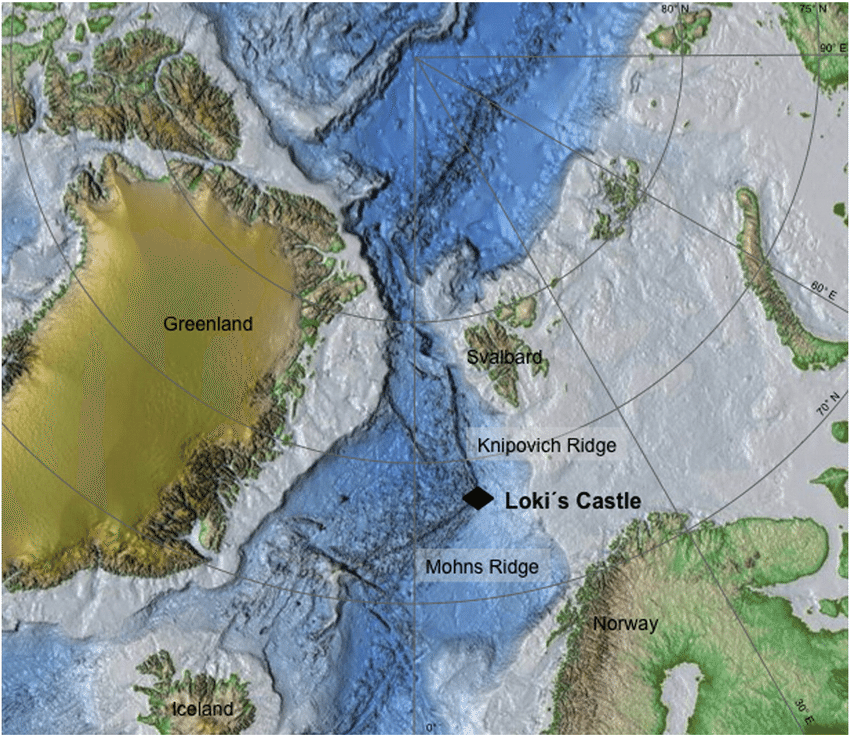
Map after Pedersen et al. showing the Arctic Mid-Ocean Ridges with the location of the hydrothermal vent field Loki's Castle in the Mohns-Knipovich-bend.
What this means is that complex life likely arose billions of years ago from a bacterium very similar to Loki. Moreover, this extreme event might have occurred in an extreme environment, perhaps at the bottom of the ocean near hydrothermal vents. These findings, which were published in the prestigious journal Nature, made big waves throughout the scientific community, and lead to a reassessment of some of the most general concepts in biology.
Unfortunately, Loki won’t be visiting your local museum or research centre anytime soon. In fact, Loki won’t be going anywhere except to other deep-sea ecosystems. The reason for this is that nobody knows how to keep Loki alive outside of its natural environment. Things like plants, algae, fungi, and E. coli are all relatively straightforward to grow in a lab, largely because they exist in environments that are easy to replicate. The environments of deep-sea, hydrothermal-vent-loving extremophiles, like Loki, are not so easily replicable. For now, scientists will have to keep collecting ocean sediment if they want to study Loki in greater detail.
Although Loki has helped scientists pinpoint the origins and progression of complex life, it is likely that other bacteria will be discovered with an even greater organizational complexity than Loki. No one knows where these new isolates will come from, but the vast, mostly unexplored hydrothermal vents that line the Arctic ocean mountain ranges are a good bet.
David Smith is an assistant professor in the Biology Department at the university of Western Ontario. He studies the genomes and evolution of algae and can be found online at www.arrogantgenome.com.
